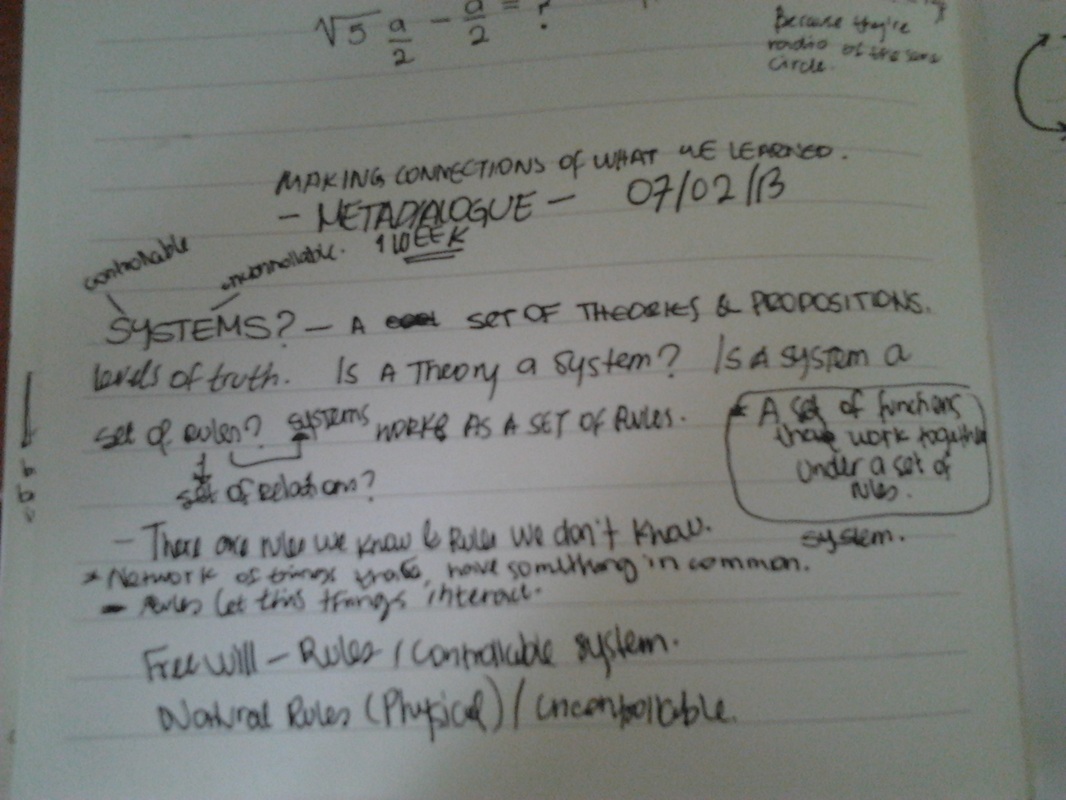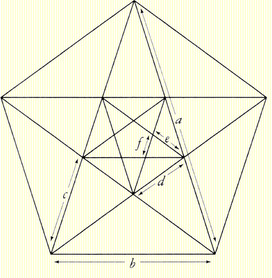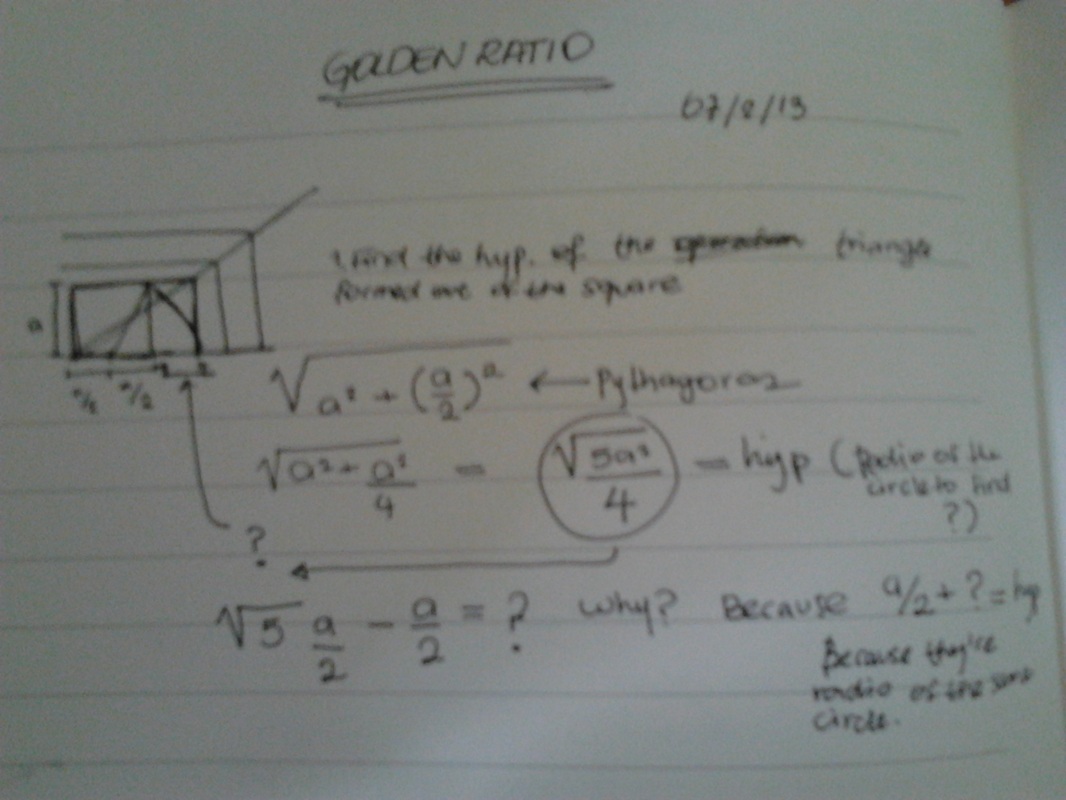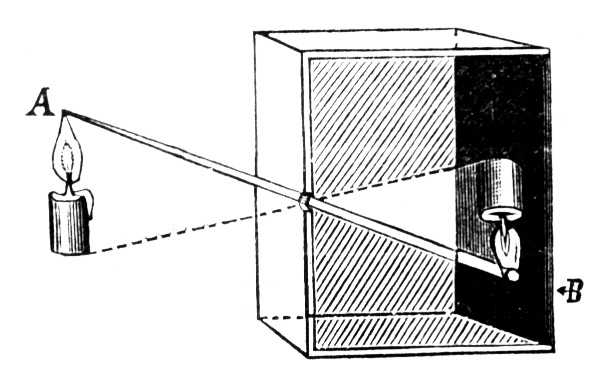So Chacho's morning meeting was a little about physics. During break, he read one of physicist Michio Kaku's books, and he shared us a little of what the book is about. It talks about the future. So first, I know that this guy knows that the future in specific terms is unpredictable. Now I wonder if all of these scientists have considered the future probable state of human kind if we ever get to buy these huge things instead of growing our future somewhere else. I would love to know a little more about the environmental insights of this future.
One of the beautiful things of photography, is all the steps that actually brought us up to understanding how we could capture images and invented the camera. One important invention of that was a huge discovery for the creation of photography was the Camera Obscura. We explored how it works and a bit of history.
Documented discoveries are found back on year 500 BC, China. Mo Ti and also Aristotle had an experience with projecting light through a little hole. My beloved Da Vinci also used them. The camera obscura is basically an empty dark place (box for example), with a little hole in one part of it. Light enters through the little hole and projects the illuminated image in the other side of the box. (Look picture) The way it works implies to understand the nature of light. Light, first of all travels in a straight line and it tries to get everywhere! So the light travels into the hole in straight lines, and that is why you see, diagonally, the traveling of light and how it turns around the image! So for this dialogue we had as special guest Juanma Bonifasi, the founder of Acton Academy. AA is a school that resembles the culture of learning that we have in MPC but for younger humans.
The conversation was based in a reading by Keith Raniere and Ivy Nevares. The text describes us the problem of the current educational system and what is its major components, in terms of we are not correct when we think the schools are actually transforming "immature children" into "mature, educated people". After that, the writers introduce us two different concepts: "Inductive" and "Deductive" learning. These two paragraphs might give you a perspective of what the authors want to clarify: Induction is a process by which a stimulus leads something to a course of action, however the stimulus is not - in whole or in part - the "thing" itself. Most modern education systems promote the opposite, deductive process, which consists of deriving specifics from general principles. Too much deduction atrophies the mind, making it greedy for "fast knowledge" and sluggish with respect to critical thought and examination. This kind of mind is easy prey for corrupt systems wishing to control though the misuse of information - whether it be media, society, religion, government, etc. If people are brought up accepting premises on blind faith, why should they not believe everything they hear and read? For this I had terrible thoughts of where humanity is moving towards. I mean, we're all learning to do things so quickly and we're not dreaming big. Like Peter Thiel mentions, we dreamed of flying cars and now we have 149 characters. That's absolutely legit because this was pure evolution of what appeared to have more value to humanity by this time. But are we really learning and being ethically conscious of what we're doing? Is the educational system turning us into this? Oh YES. We're learning to obey and to be little. When we can be great. But also, the writers don't disprove at all the deductive model. At the contrary, it can be absolutely useful when seeking to understand something. But the collecting of data ideally, should be genuine. Formal Systems. Basically that's what the chapter is about. Introducing us to what that is. One of the characteristics of such a system is conformed with rules. The user of the system creates theorems based with the axioms that are defined by the rules of the game.
In order to understand a little more of Formal Systems, Hofstadter introduces us to the MU system. The only elements I have are M, U and I. With a series of rules, I have to turn MU into MI.
In my opinion, one of those impossibilities is making MU out of MI. So I was driving to school today, after reading this first chapter. I knew these rules (for they are very simple) and got to this conclusion: Using rule 1, I'll transform my pattern in an irreversible way: if I get a "MIU" for example, I can use rule 2 infinitely solely. Using rule 2, my patterns will grow exponentially, increasing my digits 2, 4, 8, 16 and so on. Rule 3 and 4 only work with three digits. For this, I will need then a number divisible under 3 out of an exponential curve that just starts from 1 or 2. But it will bring me at the end of the day to the same pattern of groups: 2,4,8 and all the heritage of those. I need patterns that gather 3 letters. But that is not possible because of the way numbers increase. Numbers increase in pairs exponentially, and decrease to one out of triads of consecutive "I"s or "U"s. So for this, I would say this is not possible. I'll see what happens... Interesting is how I got to see this patterns and discount probabilities that might be a "waste of time". Hofstadter made a beautiful introduction to "Godel, Escher, Bach". He introduces us to three geniuses and how they represented the strange loops:
The following sentence is false. The preceding sentence is true. So here we have a sense of infinity, of something that won't stop. Something that can't be measurable. That's where I got interested in how that makes us "mediocre" as humans beings searching for truth in a system which we have created, but how can we prove that system outside that system? Are we really understanding reality if our minds are the beginning and ending point? So my first morning meeting consisted in presenting this amazing video, which I actually loved from the first moment I watched it. I am amazed and excited about the evolution of culture, and the emotional and personal part of it is something that scientists and artists keep wondering about.
In this video, Michael Tilson Thomas talks about the "passing on" part of music. First it was encoding through score, now we encode through recording and listening. These are really different ways of documenting information, and for that I am really interested because it is implies the way that our instinct and intelligence have a dialogue, according to Tilson Thomas. For me, this video was absolutely interesting, though for my peers I don't know because I didn't hear their opinions. It's exciting for me how we have reflected, by listening wavelengths through time, how our lives are in certain time and space. "Nostalgia de la Luz" is an interesting documentary that talks about the different types of research in Atacama desert. There are different types of quests.
First of all, the Atacama desert is an isolated place at the south of Chile. It has zero level of humidity, but it's the best place in earth to look at the skies. So, one of the searches there is finding and discovering new things on the celestial bodies. On the other hand, native cultures used to pass through this desert with their lamas. And, here is also the tomb of the rebels during Pinochet's dictatorship. Because of the latter, there are women searching for the bodies of the dear ones in the vast desert. But at the end, they're all looking into the past. "We're always looking into the past" said one astronomer in the documentary. "The present doesn't exist." But one past is full of blood, the other is full of stardust. But also, these stars are made of the same matter that we, humans are made of. On this I would recall Sagan's famous quote "we're made of stardust". "Nostalgia" is actually a word that has a meaning that implies looking into the past. This whole documentary (even having the experience) is looking into the past. And reading it. Even in the most "dead" desert! |





 RSS Feed
RSS Feed